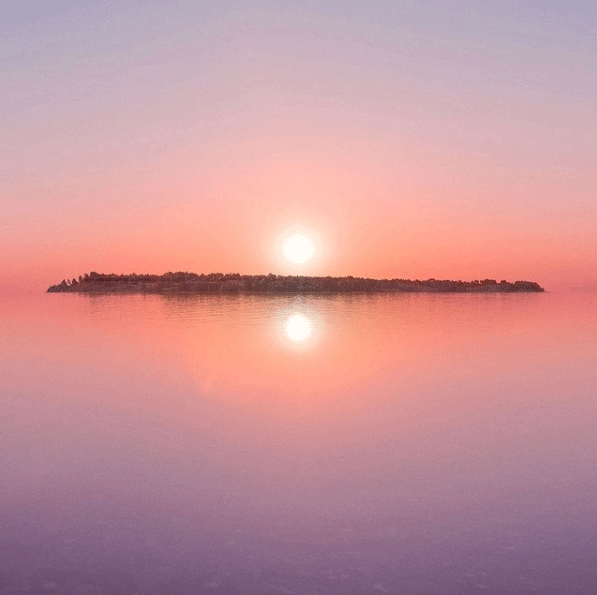June 12th through September 26th, 2021 will mark the Helsinki Biennial, The Same Sea. As an international art event, this biennial will bring contemporary art from Finland-based and global artists to maritime Helsinki. Featuring artists from Australia, Cambodia, Finland, Germany, India, Japan, Kenya, Latvia, Poland, South Korea, Thailand, Turkey, the UK, and the USA, the event is truly international. This inaugural free event will showcase art from 40 different artists and groups and will be shown on Vallisaari Island, an uninhabited location, as well as mainland Helsinki. With COVID-19 restrictions permitting, the public will be able to view the art inside historical buildings, gunpowder cellars, and even along the cobblestone pathway. The intentional setup means at least a third of the works will be visible outdoors.
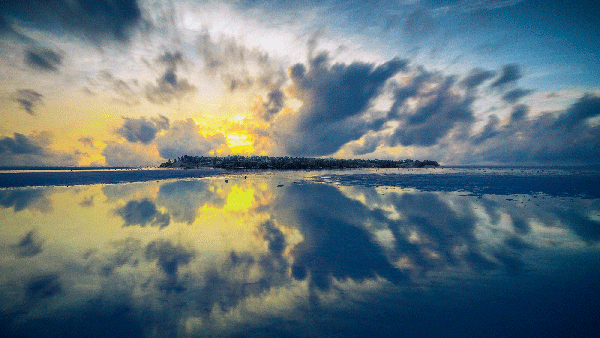
The Director of Helsinki Biennial, Maija Tanninen-Mattila, recognizes the impact of sustainable working processes and hopes to change the processes and culture surrounding art exhibitions. Actively embedding environmental issues into the core identity of the Biennial makes it one of a kind. Additionally, in order to truly promote inclusive values, newcomers and art lovers of all kinds are welcome to access and attend the event. While the intention is, of course, to have visitors on site, if this is not possible with restrictions, digital content will bring the works of art directly to audiences to increase accessibility. The Biennial intends to deliver both a safe and moving experience, which the ultimate method of delivery will provide.
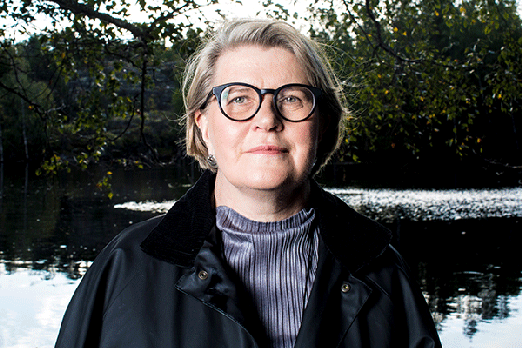
The Same Sea reflects on the concept of interconnectedness and will involve themes of our relationship with nature, time, and change. The very name of the Biennial suggests this interconnection that it is so focused on illuminating. These cross-border connections are especially relevant in the current time COVID-19 and the ecological crisis as well. Concerning the pandemic, it aims to share a source of joy and hopefulness. In terms of the current ecological crisis, with this event focusing so heavily on the environment’s state, it follows that its key values would reflect such issues. Since its conception, ecological sustainability and responsibility have been key considerations of the event. Its highly transparent approach to the matter and its invitation to the art community to reimagine how we can present art events is incredibly noteworthy.
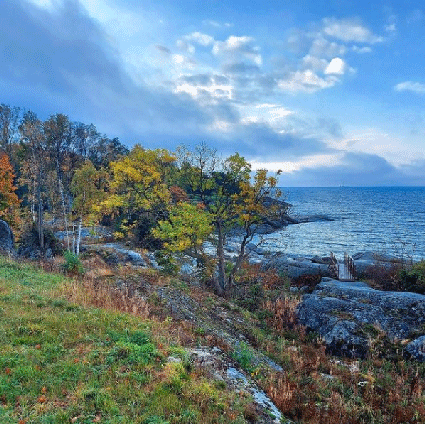
Helsinki Biennial creates a space for site-specific works of art and nature to coexist and emphasizes the significance of the exhibition’s environment and context. The location of each artwork will consider the surrounding historical buildings and the conservation of nature. For instance, artworks will be placed on paths that already exist, ensuring that the environment is not compromised in any way. The Helsinki Biennial provides a fresh approach in advocating for radical empathy and ecological ethics. As part of the Helsinki City Strategy 2017-2021, it dedicates itself to encouraging responsible action and works towards becoming a fully carbon neutral event. This goal supports Helsinki’s determination to become carbon neutral by 2035 through reducing greenhouse gas emissions by 80%. To do this, the carbon footprint will be measured through energy consumption, logistics, mobility, purchases, and waste categories. The measurement will use the first-ever carbon footprint calculator intended for non-governmental organizations and even includes the fuel usage in traveling to and from meetings related to the event. The Biennial also aims to develop the social sustainability of the city through investing in opportunities for artists and inspiring its citizens.
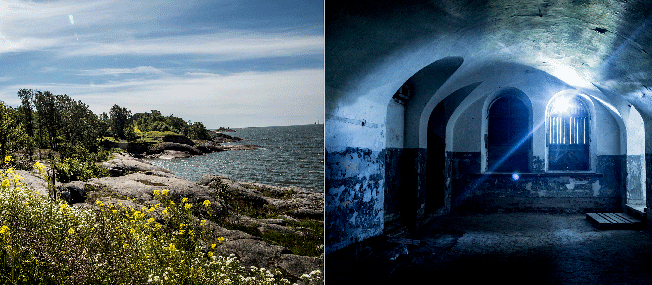
The major positive impact of this biennial is likely to be far-reaching. It has the potential to embolden other art exhibitions, art galleries, and museums around the world to similarly reduce their carbon footprint. More information about the biennial and participating artists can be found by visiting the event homepage and Instagram.
